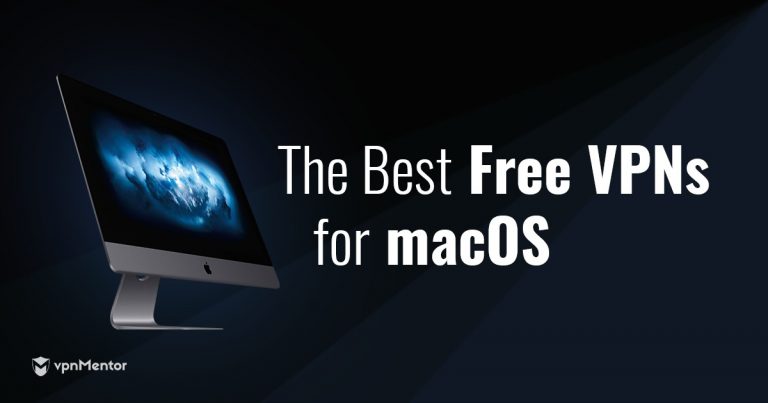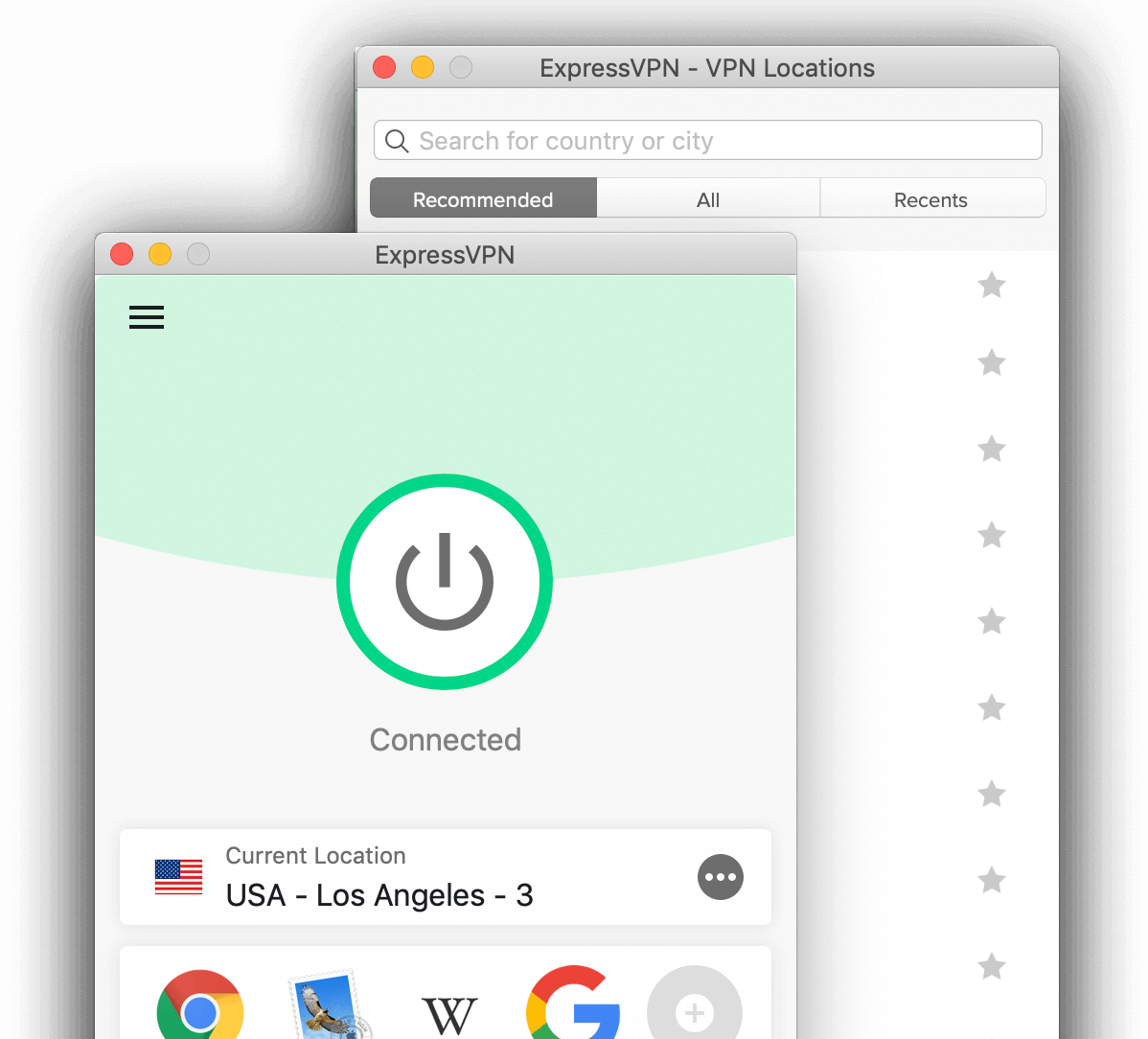Objective
- Free Down Vpn For Macos Mojave Windows 7
- Free Down Vpn For Macos Mojave Download
- Macos Mojave Iso Download
This article shows you how to download and install the Cisco AnyConnect Secure Mobility Client version 4.3 on a Mac Computer. This article is applicable only to Cisco Business products that includes the RV34x series routers and not Enterprise products.
Introduction
Nov 13, 2018 The stripped down Apple Server App, as seen in macOS Mojave - 6' Networks, LLC. Services Migrated from macOS Server to macOS High Sierra (Including Mojave).
AnyConnect Secure Mobility Client is a modular endpoint software product. It not only provides Virtual Private Network (VPN) access through Secure Sockets Layer (SSL) and Internet Protocol Security (IPsec) Internet Key Exchange version2 (IKEv2) but also offers enhanced security through various built-in modules. Why use a VPN? A VPN connection allows users to access, send, and receive data to and from a private network by means of going through a public or shared network such as the Internet but still ensuring a secure connection to an underlying network infrastructure to protect the private network and its resources.
If you are using a Windows computer, click here to view an article on how to install AnyConnect on Windows.
Applicable Devices | Software Version
- MacOS 10.14 Mojave is the best Mac operating system yet – but it’s not without its problems. Read on to find common macOS 10.14 problems and how to fix them.
- May 10, 2019 VPN Enabler for Mojave (there are versions for Sierra and High Sierra as well) allows us to easily configure the underlying VPN server in macOS. Our VPN configuration script adds the ability to funnel all traffic through the VPN, not just traffic destined for your VPN server. This encrypts all of your traffic, adding a layer of security when.
- RV340 - 1.0.03.17 (Download latest)
- RV340W - 1.0.03.17 (Download latest)
- RV345 - 1.0.03.17 (Download latest)
- RV345P - 1.0.03.17 (Download latest)
AnyConnect and Mac Software Version
-
AnyConnect (This document uses AnyConnect version 4.3 | Link to download)
-
Mac OS Catalina (10.15) is compatible with AnyConnect 4.8 and later
- Note: You will encounter issues if you attempt to use Mac OS Catalina with earlier versions of AnyConnect (AnyConnect 4.8 Release Notes | Details from Apple )
-
Mac OS Mojave (10.14) is compatible with AnyConnect 4.7.04056 and below (Link to download)
AnyConnect App
To try out AnyConnect on mobile devices, the App can be downloaded from Google Play store or Apple store.
Install AnyConnect Secure Mobility Client
Licensing Information
AnyConnect client licenses allow the use of the AnyConnect desktop clients as well as any of the AnyConnect mobile clients that are available.
Licensing Structure - Firmware versions 1.0.3.15 and later
As of March 2019, using RV340 series routers version 1.0.3.15 and later no longer require server licenses. Now you will need only a client license to download and use the Cisco AnyConnect Secure Mobility Client. A client license enables the VPN functionality and are sold in packs of 25 from partners like CDW or through your company's device procurement.
We recommend the following user license for use with the RV340 Series:
-
L-AC-PLS-LIC= Qty=25 Duration=12
Licensing Structure - Firmware versions 1.0.2.16 or lower
If you have not yet updated your firmware, please do so now. Do not delay. Click here to visit the downloads page for the RV34X series.
For further information and community discussion on AnyConnect licensing updates, click here.
For AnyConnect Licensing FAQs, click here.
Step 1
Download AnyConnect here.
Install the AnyConnect Pre-deployment Package for the MAC operating systems.
Step 2
Double-click the installer.
Step 3
Click Continue.
Step 4
Go over the Supplemental End User License Agreement and then click Continue.
Step 5
Click Agree.
Step 6
Choose the components to be installed by checking or unchecking the corresponding check boxes. All components are installed by default.
The items you select in this screen will appear as options in AnyConnect. If deploying AnyConnect for end-users, you may want to consider deselecting options.
Step 7
Click Continue. Basecamp macos mojave.
Step 8
(Optional) Click Change Install Location to manually specify the path to install AnyConnect.
Step 9
Click Install.
Step 10
(Optional) Enter your password in the Password field.
Step 11
Click Install Software.
Step 12
Click Close.
You should now have successfully installed the AnyConnect Secure Mobility Client Software on your Mac computer.
View a video related to this article..
Click here to view other Tech Talks from Cisco
Free Down Vpn For Macos Mojave Windows 7
macOS Mojave may have the features you have long prayed for, but this doesn’t mean it’s a perfect system. It can have its quirks, too. For one, some users have complained that Mojave continues to auto-log out after settings changed.
Where to find wake for wifi on mac os mojave download. When I updated my macOS to Mojave, in my mac when I put my mac on sleep mode and when I wake mac, macOS Mojave drops Wi-Fi connections. Although the speed of Wi-Fi connection decreased suddenly, Wi-Fi connectivity issues on macOS Mojave/macOS Catalina, etc. Are the common issues that are reported by users. Oct 12, 2019 Find our More Cases and Troubleshooting guide that really fix WiFi issues on Mac after Update or install macOS Mojave or macOS Catalina. Case 1: on the new update you might occur problems on PRAM memory and information that should be not updated successfully after update/Restore from old OS X.
This quick article will probe why you can’t seem to stay more than a few seconds on your home screen before getting logged out consistently. Mojave looks like it’s trying to send a nasty message!
The Issue: Mac Keeps Logging Out on Mojave
If it has happened to you, read on. A number of Mac users have been wondering why they cannot stop the operating system from logging them out, even while they have changed their settings to never go to sleep. It happens at an inconvenient time, such as when they are watching live TV, streaming, or listening to a podcast.
One user who has updated his MacBook Air has a slightly different experience. Every time he tries to log in, the system either immediately signs him out, or starts up before signing him out again.
If Mojave logs out on its own, there must be something happening or prompting it to do so.
Don’t forget to cover the basic stuff first, though. Run your antivirus program. Clean out junk files that have accumulated using a reliable Mac optimizer tool. Through these basic steps you can help ensure smooth, stable operations.
A List of Potential Solutions
Now let’s get to work. If your MacBook cannot stay more than a couple of seconds on your home screen before getting logged out, then make this simple check:
- Go to System Preferences.
- Proceed to Security & Privacy > General > Advanced.
- Untick logout after X minutes of activity.
Proceed with the items below if the issue is still present.

Checking Peripheral Devices
A mere dysfunction in a peripheral device can result in a misbehaving OS, which can cause Mojave to constantly log you out. Check if this is the case by unplugging all peripheral devices. Afterwards, reboot your Mac with each of those devices attached in order to figure out what the culprit is.
Using the Energy Saver Settings
Are you using a Mac notebook? Take a moment to make sure that your settings (which are for your Mac to never go to sleep) are the same for the battery and the power adapter.
Note that when you don’t use your machine for a while, macOS can automatically switch off features that aren’t in use. Once your computer needs to do something, related components then power back up. Adjust energy-related settings by choosing Apple menu > System Preferences, and then clicking Energy Saver.
You can also dictate how long your Mac should wait before it puts the display to sleep. Putting the display to sleep stops the video signal, both to internal and external displays. The screen turns off (goes dark), but busy apps remain active. You can wake your display simply by:
Free Down Vpn For Macos Mojave Download

- Moving your mouse
- Touching your trackpad
- Pressing a key on your keyboard
Once you have finalized the settings, reboot your machine and see if the issue persists. Learn more important details about Energy Saver on this Apple Support page.
Resetting the SMC
If the first step doesn’t work, you can opt to reset the System Management Controller or SMC on your Mac. It works with your computer’s power system and is responsible for several functions, including:
- Responding to power button presses
- Responding to the opening and closing f display lid on Mac notebooks
- Battery and thermal management
- Sudden Motion Sensor (SMS)
- Keyboard backlighting
- Ambient light sensing
- Battery status indicator lights
- Status indicator light or SIL management
- For selected iMac displays, choosing an external (instead of internal) video source
Reset the SMC on your MacBook by following these steps:
- If the battery is removable, shut down your machine. Remove the battery.
- Press and then hold the power button for five seconds.
- Put the battery back in.
- Next, press the power button again to switch on your Mac.
- If the battery isn’t removable, select Apple menu > Shut Down.
- Once it shuts down, press Shift + CTRL + Option found on the left side of the keyboard. Press the power button at the same time. Hold those keys and the power button for 10 seconds.
- Release the keys at once.
- Press the power button now to switch on your machine.
To reset it on your Mac desktop:
- Select Apple menu > Shut Down.
- Once it shuts down, unplug the power cord.
- Wait for 15 seconds.
- Afterwards, plug the power cord back in.
- Wait another five seconds. Next, press the power button again to switch on your Mac.
Checking Faulty Plugin or System Add-Ons
Are you using Razer headphones? For some users, the problem of Mojave logging out on its own is an error related to a Razer plugin. Their solution is to boot into Recovery mode, start Terminal, and remove the Razer folder and all of its contents. Then, it’s time to reboot your Mac to see if it works.
Of course, you don’t just mess around with Terminal and the commands there. Make sure you have enough technical know-how to do this. Otherwise, ask for expert help.
The culprit behind the problem might also be a corrupted system add-on, such as fonts and drivers. It could also be a background app that has been recently installed. Try to uninstall each recently added system add-on or background app. See if doing so solves the issue.
Reinstalling macOS Mojave
If the problem persists, then it might be time to reinstall your macOS. Here are steps to clean-install macOS Mojave as well as older versions of macOS or OS X.
Final Notes
It’s fairly easy to love macOS Mojave with its wealth of inviting features. But certain glitches can also leave you frustrated, such as when Mojave auto-logs out or keeps logging out on its own. Try the solutions we outlined above to tackle this problem before it leads to lost work or a bigger interruption.
Have you have this issue with Mojave before? Let us know your story below!